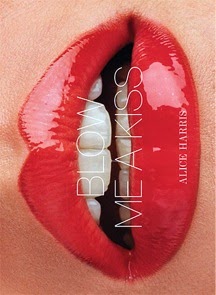

 Almost anyone who lived in New York City in the 1980s felt engaged by Keith Haring's art in a way that 15th-century Florentines or 19th-century Parisians must have felt about the work of their local sculptors and painters: Haring's bold chalk drawings (sometimes tribal-looking, sometimes Dubuffet-like), often rendered on black panels in subway stations, were so common and distinctive they seemed as much a part of the landscape as the Chrysler Building. Like Andy Warhol before him, Haring used charm, wit and faux naiveté to address society's ills–crime, homelessness, corporate greed and, of course, the fear, prejudice and heartbreak caused by rising tides of HIV infections. Unlike Warhol, however, Haring usually favored heat-seeking, active optimism over cynicism's cool detachment.
Almost anyone who lived in New York City in the 1980s felt engaged by Keith Haring's art in a way that 15th-century Florentines or 19th-century Parisians must have felt about the work of their local sculptors and painters: Haring's bold chalk drawings (sometimes tribal-looking, sometimes Dubuffet-like), often rendered on black panels in subway stations, were so common and distinctive they seemed as much a part of the landscape as the Chrysler Building. Like Andy Warhol before him, Haring used charm, wit and faux naiveté to address society's ills–crime, homelessness, corporate greed and, of course, the fear, prejudice and heartbreak caused by rising tides of HIV infections. Unlike Warhol, however, Haring usually favored heat-seeking, active optimism over cynicism's cool detachment.Haring died in 1990, but his legacy is still with us–and as the 80s revival rolls on (set against a fresh hell of bewildering social problems), designers are looking back to his work for everything from its nostalgic value to its strong message (which we still want and need to hear, perhaps more than ever). The Keith Haring Foundation recently gave Zara and Tommy Hilfiger permission to use Haring's drawings on tees and sneakers: the former are sold in Zara stores (but not online), while the Hilfiger shoes are available at Colette, Paris, before launching globally in September. We're fans of both, and think Haring would be, too: he'd certainly love the shoes...
Photograph of Keith Haring and Bill T. Jones (1983) © Tseng Kwong Chi
Photograph of Keith Haring and Bill T. Jones (1983) © Tseng Kwong Chi




















.jpg)

.jpg)

.jpg)


.jpg)




.jpg)







